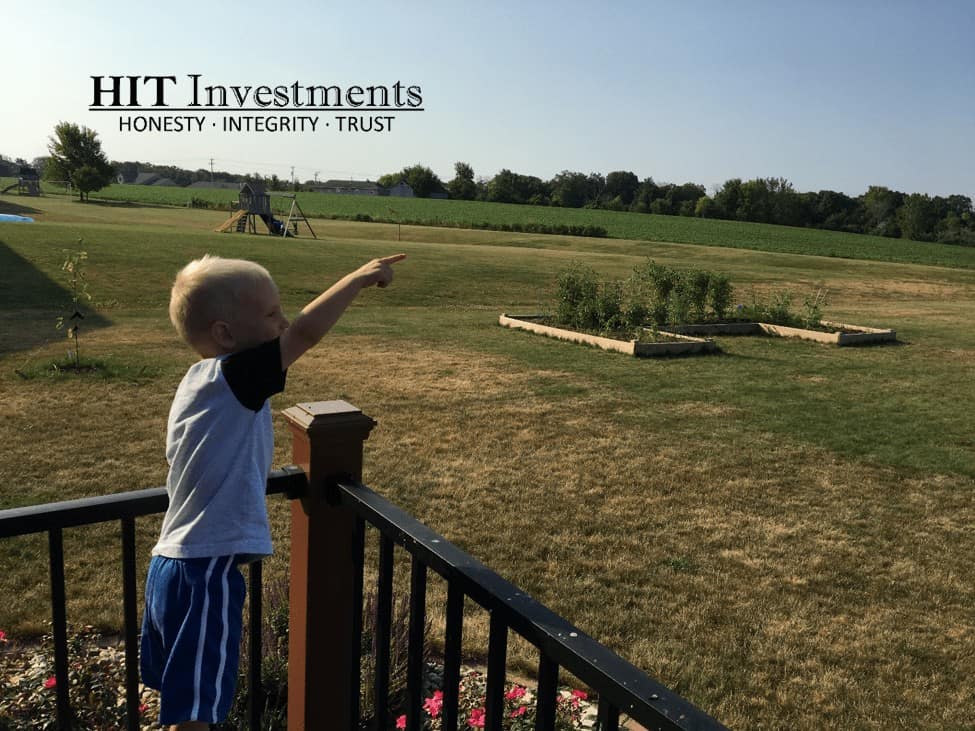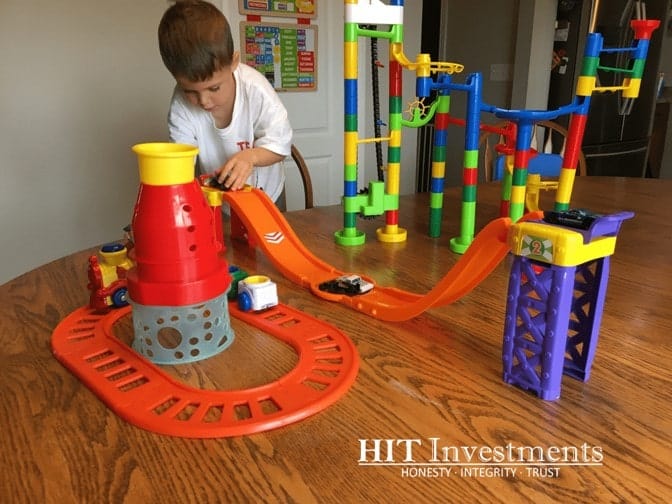Have you ever been sold on something too good to be true? Just recently I made an appointment to get our van’s windshield replaced. I was told over the phone to bring a check for $300 and drop off the car in the dealership parking lot. After waiting about 45 minutes with three kids in tow, I found out it would cost closer to $1000, and I needed to come back later when they had the correct glass. If I had done a little more research and gotten a couple more quotes, I probably would have known from the start that $300 was too good to be true.
I’m finding this lesson to be very important as we research potential real estate loans. There are a number of ways a loan can be misleading at first glance. So, we have come up with a system to analyze and rank each loan. Overall, we are looking for high interest rates combined with low risk of default. We do that by breaking each loan into 24 separate factors and ranking them. A few of the factors are: loan size, property value, interest yield, borrower credit score, borrowers experience, geographic location, lending laws, and natural hazard risk of flood or earthquake.
Taking all of these and a few more into consideration, the most important factor related to risk is how much the property is worth in comparison to the loan amount. This factor is often called the loan to cost (LTC), the loan to after repaired value (LTARV) or the generic version, loan to value (LTV). The LTC and LTARV are important when it comes to how much money is being loaned out. We want to ensure the amount of the loan isn’t more than what we would recover if the borrower defaults and the property is sold. We believe these two ratios accurately represent risk and are the most important factors alongside yield as we compare loans. So rather than diving into all 24 I’ll focus on LTC and LTARV.
There are a variety of ways in which each peer to peer platform calculates LTC and LTARV. Because of this inconsistency, we need to calculate the value independently. This inconsistency is the primary reason we do not recommend the auto-invest feature on most peer to peer real estate platforms.
I’ll take you through our 3-step process of calculating risk (LTC and LTARV) using my sons backyard dream.
Loan-To-Cost
LTC is often expressed as a percentage. It is calculated by taking the initial amount of money the borrower receives and then dividing it by the amount the property is initially worth. If the percentage is less than 100, then the value of the land exceeds the value of the loan. If the percentage is greater than 100, then the value of the loan exceeds the value of the land.

Let’s work through an example. My son James wants to buy the field behind our house to build Germantown Hills’ first amusement park. The land can be bought for $200,000 and that is what the appraiser agrees it is worth. But, to build an amusement park James needs an additional $800,000 on top of the price of land. As the lender you do not want to give him a million dollars right away, since you could only recover $200,000 by selling the land. This LTC ratio is 500%! A better idea from from our perspective as a lender is to create a plan to give him a little bit at a time as he increases the value of the land and proves he can make the payments. So, for this example you decide to give him $145,000 to start. To calculate your LTC ratio you take the initial loan amount of $145,000 and divide it by the initial property value of $200,000 and get 72.5%.
Loan-To-After-Repaired-Value
The next step is to determine the LTARV. Now when we look at LTARV, we use the after-repair or post-build value. So, if this amusement park is assessed to be worth $1.5 million when complete, you use the $1.5 million price along with the full loan amount to calculate the LTARV. In this example, by the time the amusement park is done you have now loaned James $1 million dollars. You divide $1 million by the new property value of $1.5 million. That comes out to be an LTARV of 67%. The lower the ratio of LTC and LTARV the lower the risk of losing money if James defaults.
Double Check the Results

It seems straightforward to look at these two ratios and go from there, but we need to make sure the ratios represent reality. As a former physics teacher, I was always asking my students to double check their answers. Ask yourself “Does this seem right? Do the answers seem reasonable?” In the case of calculating LTC, and LTARV the most common mistake would be to accept the “as-is” value of the property without researching it. As we have been investing in properties, I’ve read through a number of assessments. Normally the “as-is” value does not pose a problem and I can confirm independently through a real estate site such as Zillow or Trulia.
But sometimes I find the as-is value to be unreasonably high and for us that’s a red flag not to be ignored. We may inquire about the specific loan until we understand the discrepancy and form our own conclusion or we may just pass on the opportunity. As we continue to learn, we find there are several methods to appraise property, some are more realistic than others, but we will save that discussion for another day.
I hope this helps you avoid investing in “too good to be true” peer to peer loans. Have you ever bought in to something that ended up not being what you thought? What process, tools or questions do you use to double check? Let us know in the comments section below.




Leave A Comment